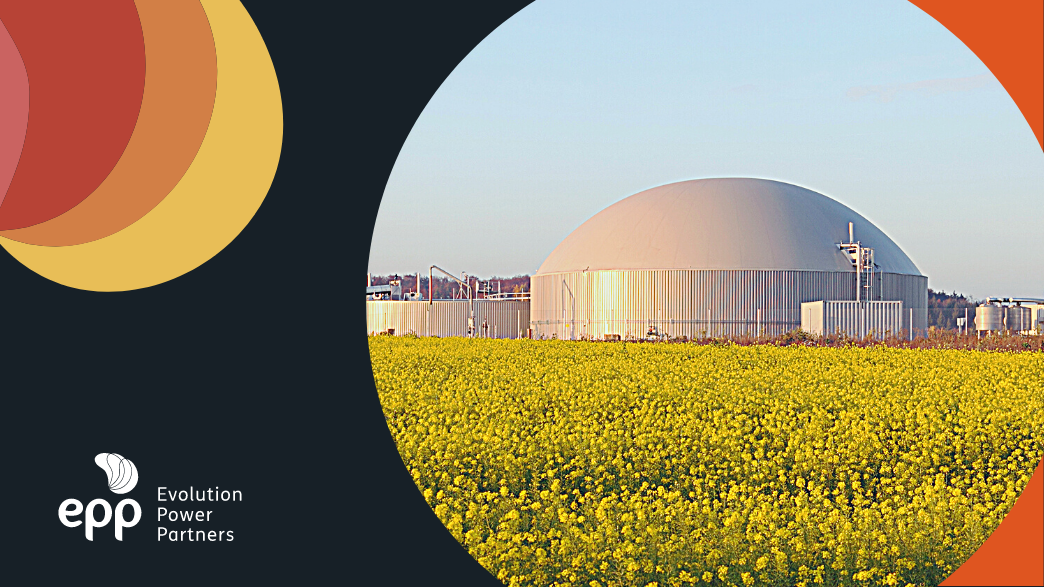ABGD projects growth of up to 7G in DG in 2022. See the perspectives and understand the reasons for the expansion of distributed generation this year.
What is the future of GD in 2022? On January 6, 2022, Law 14,300 was enacted, providing a real change in the distributed generation market. According to the Brazilian Association of Distributed Generation (ABGD), the law will bring legal certainty to contracts and economic advantages, increasing investments and adherence to the model.
For the Brazilian Association of Electric Energy Distributors, the DG law “is fundamental so that the modality can continue to develop in Brazil, but in a more appropriate way and with less impact for consumers who remain in the regulated market.”
For this year, the expectation is that the country will see the installed capacity of distributed generation double. In other words, ABGD believes that of the 8.8 GW registered by the National Electric Energy Agency, the segment should close 2022 reaching 15 GW of installed capacity. For comparison, this is more than the capacity of the Itaipu hydroelectric plant (14 GW).
Why should DG grow in 2022?
The approval of the Law improves several points that were necessary for the development of DG in 2022. It facilitates access to the distributors’ network, since concessionaires now have the obligation to indicate all pending issues in a project at once. Before, the project went back and forth several times, making it impossible to meet the deadlines that Aneel establishes in rules.
Another point sanctioned by the new law is a transition period. In other words, users who apply for accession to distributed generation within 12 months from the date of publication will be included in the current compensation rules provided for in Normative Resolution No. 482/2012 until December 31, 2045.
For the industry, this 12-month window should spur a real rush for those looking to maximize their return on investment. But, it is still expected that growth will continue in the following years, even with the compensation changes. After all, the water crisis caused a lot of problems for consumers in 2021 and boosted energy costs in the regulated market. In 2021, the cumulative increase in spending reached almost 25%. For 2022, the increases should remain and the readjustments should reach 20%.
Clean energy as an energy future
The approved legislation that creates the new framework for distributed micro and mini-generation will bring legal certainty and accelerate investments in new projects across the national territory, with new investments in clean and renewable options.
The energy future involves investing in clean energy and many countries already know this and are encouraging investments to make the energy transition viable. Going beyond solar and wind energy projects, Brazil has a large market to be developed in the DG area, which are clean thermoelectric plants that use renewable energy and also Biogas – which uses biomass from swine farming and landfills.
Although these sources still have little relevance in the macro service scenario, they already have important initiatives that diversify the energy matrix, in addition to promoting projects with sustainable models and good economic viability.
Therefore, it is possible to consider the legal framework as the embryo for the growth of this market in Brazil, as has been happening in several countries. If you want to know more about the development of biogas in Brazil, read the blog post.
Evolution Power Partners (EPP) is part of the Urca Energia group and develops projects for thermoelectric plants in Brazil for centralized energy generation.





